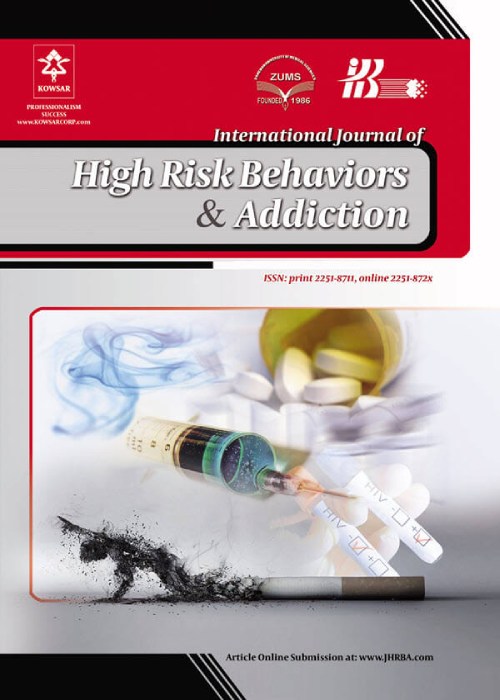The Relationship Between Attachment Styles, Defense Mechanisms and Substance Use Disorder
Substance use disorder (SUD) is a global phenomenon that can negatively impact various aspects of an affected individual’s life. A thorough knowledge of the etiology of this disorder and its contributing factors can help us manage and prevent it more effectively.
In this research, we aimed to investigate the possible association between substance use disorder, attachment styles, and defense mechanisms. Patients and
This case-control study was conducted on 120 participants divided into two groups; a group of 60 subjects diagnosed with substance use disorder and 60 participants without substance use disorder. The participants were evaluated using the Revised Collins, the Read Adult Attachment Scale, the Defense Style Questionnaire (DSQ-40), and a checklist consisting of questions regarding age, sex, marital status, job, income, level of education, and history of psychiatric illnesses. The Shapiro-Wilk test, the student’s t-test, the chi-square test, fisher’s exact test and the multilevel logistic regression was used. Data were gathered and analyzed using SPSS v. 26 software.
Neurotic defense mechanisms were significantly higher in the SUD group than in non-SUD participants. No significant difference was observed between the two groups regarding mature and immature defense mechanisms. Anxious and avoidant attachment styles were significantly more common in the SUD patients compared to the control group. Secure attachment style was significantly more common in the non-SUD group. Marital status was associated with attachment style. The probability of having an anxious attachment style for unmarried people was 4.5 times higher than for married people. Other variables had no significant relationship with any attachment style types (P-value < 0.05).
These findings suggest a higher prevalence of neurotic defense mechanisms and avoidant and anxious attachment styles in people suffering from substance use disorder. These findings, if proven, can help plan more effective psychological treatments for SUD patients and preventive measures to reduce the prevalence and burden of this disorder.
- حق عضویت دریافتی صرف حمایت از نشریات عضو و نگهداری، تکمیل و توسعه مگیران میشود.
- پرداخت حق اشتراک و دانلود مقالات اجازه بازنشر آن در سایر رسانههای چاپی و دیجیتال را به کاربر نمیدهد.


